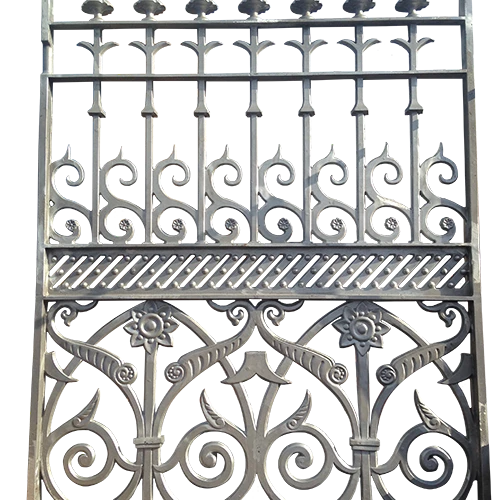Mobile:+86-311-808-126-83
Email:info@ydcastings.com
French
Exploring the Benefits and Techniques of Open Mold Casting in Manufacturing Processes
Open Mold Casting A Fundamental Technique in Metalworking
Open mold casting is a crucial technique in the world of metalworking that has stood the test of time due to its simplicity and effectiveness. This method involves pouring molten metal into an open mold that has the desired shape and characteristics of the final product. Over the years, various industries have employed open mold casting for producing components ranging from small mechanical parts to large structural items. In this article, we will delve into the basics of open mold casting, its advantages and disadvantages, its applications, and its impact on modern manufacturing.
Understanding Open Mold Casting
The process of open mold casting begins with the creation of a mold, typically made of materials such as sand, metal, or plastic. The mold consists of two halves—known as the cope and the drag—that are aligned to create a cavity into which the molten metal can be poured. Once the mold is prepared and any necessary core components are inserted, the casting begins. The molten metal is heated to a specific temperature to ensure proper fluidity and is then poured into the mold. After a predetermined cooling period, the mold is removed, revealing the cast metal object.
Advantages of Open Mold Casting
One of the primary advantages of open mold casting is its versatility
. This method can accommodate a wide range of materials, including various types of metals such as aluminum, zinc, and copper alloys. Additionally, open mold casting allows for the production of large components that might be challenging to create using other casting methods.Another notable benefit is the relatively low cost of materials and equipment. The simplicity of the mold design means that manufacturers can produce molds quickly and at a fraction of the cost compared to more complex casting methods. This is especially advantageous for small production runs or prototype development, where the speed of production is essential.
Moreover, open mold casting can yield products with excellent surface finishes and dimensional accuracy, depending on the quality of the mold used. The process can be adapted to various levels of precision, making it suitable for both high-tolerance engineering applications and more general manufacturing tasks.
Disadvantages of Open Mold Casting
open mold casting

Despite its many benefits, open mold casting is not without its challenges. One significant drawback is the limited ability to produce highly intricate shapes. While simpler components can be manufactured effectively, complex designs may require additional machining or yield lower-quality finishes compared to other casting techniques, such as investment casting.
Another issue is the potential for defects, such as porosity or surface irregularities. These problems can occur due to various factors, including improper pouring techniques or incorrect mold preparation. While quality control measures can mitigate some of these defects, they may still pose a risk to the integrity of the final product.
Additionally, the open nature of the mold means that it is susceptible to environmental factors. Temperature fluctuations or contamination from dust and debris can affect the quality of the cast, highlighting the need for a controlled work environment.
Applications of Open Mold Casting
Open mold casting is utilized across numerous industries. In automotive manufacturing, it is often used to produce engine blocks, transmission cases, and other essential components. The aerospace sector also relies on this method for creating parts that must adhere to strict weight and performance standards.
The art of sculpture often employs open mold casting techniques as well. Artists frequently use this method to replicate intricate designs in metal, allowing for the creation of unique and detailed works of art. Furthermore, the jewelry industry utilizes open mold casting in making intricate designs at a lower cost and time efficiency.
Conclusion
In conclusion, open mold casting remains a foundational technique within the casting and metalworking industries. Its versatility, efficiency, and cost-effectiveness make it a go-to method for a variety of applications, from industrial components to artistic creations. While it may come with some limitations, the advantages often outweigh the disadvantages, especially in contexts where rapid production and lower costs are paramount. As technology advances, open mold casting continues to evolve, maintaining its relevance in the ever-changing landscape of manufacturing.











